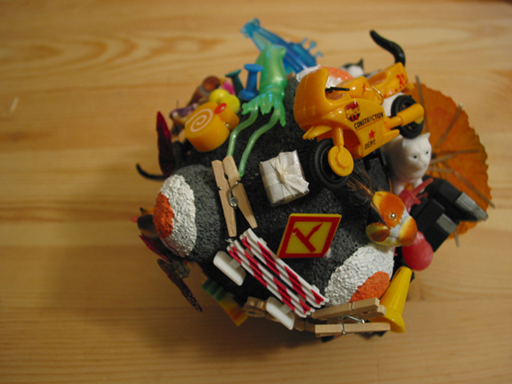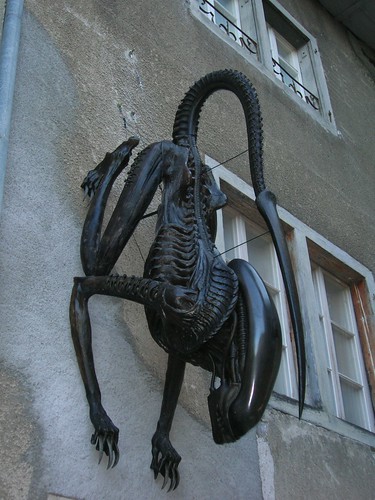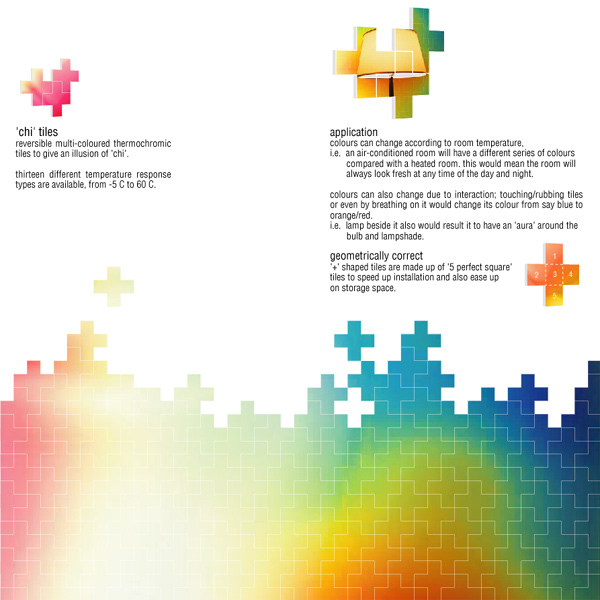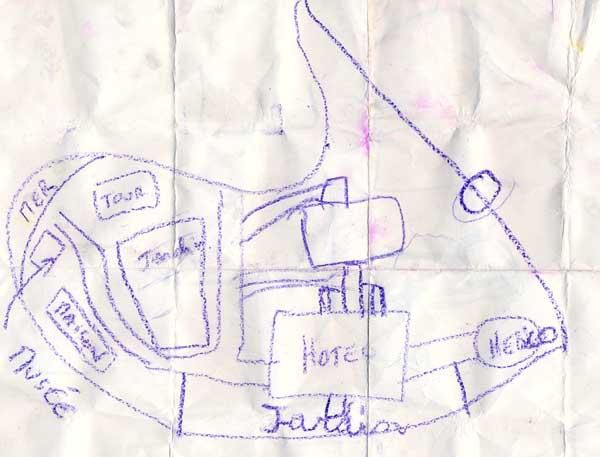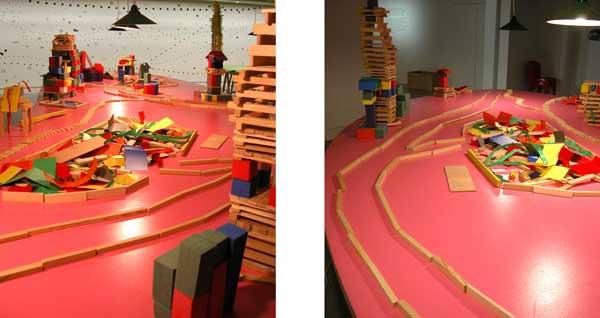Last week, there was a very pertinent article in the NYT: Researchers Look to Create a Synthesis of Art and Science for the 21st Century by John Malkoff. The article's take is the fact that artists will be central to the future of computing technology. It exemplifies this thesis through different examples liek Calit2 or MIT. Some excerpts I found relevant:
"Part of the artist's insight is to be able to interpret the future earlier than anybody,", "We regard the artist as fully equal with any scientist at Calit2." (says Larry Smarr, director of the California Institute for Telecommunications and Information Technology, or Calit2, a $400 million research consortium.
That idea, which is anathema to some in the engineering-driven world of science and technology, influenced the thinking of the building's designers in the San Francisco office of NBBJ, the international architectural and design firm.
"We put the clean room and the media artists as close as possible so we could see the artists talking to the physicists and telling them what to do," [physical proximity rules! -nicolas]
Why do I blog this? First because as Regine I agree that artist can pave the way of technological innovation by bringing out different viewpoint, ideas, content and connections (whereas scientists may zero in pertinent ideas). Besides, I really like the concept of artist in residence in a R&D structure, especially if some collaborations occur! An interesting issue would be how to make both researchers and scientists benefiting from this?
Connected pasta see this article I blogged about + what Regine thinks about it.






